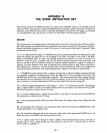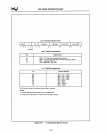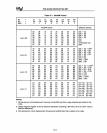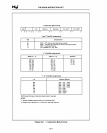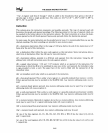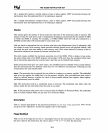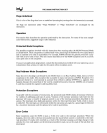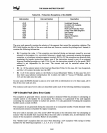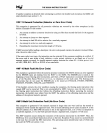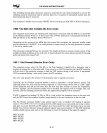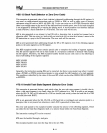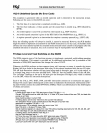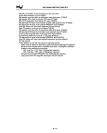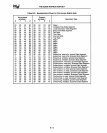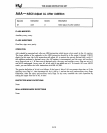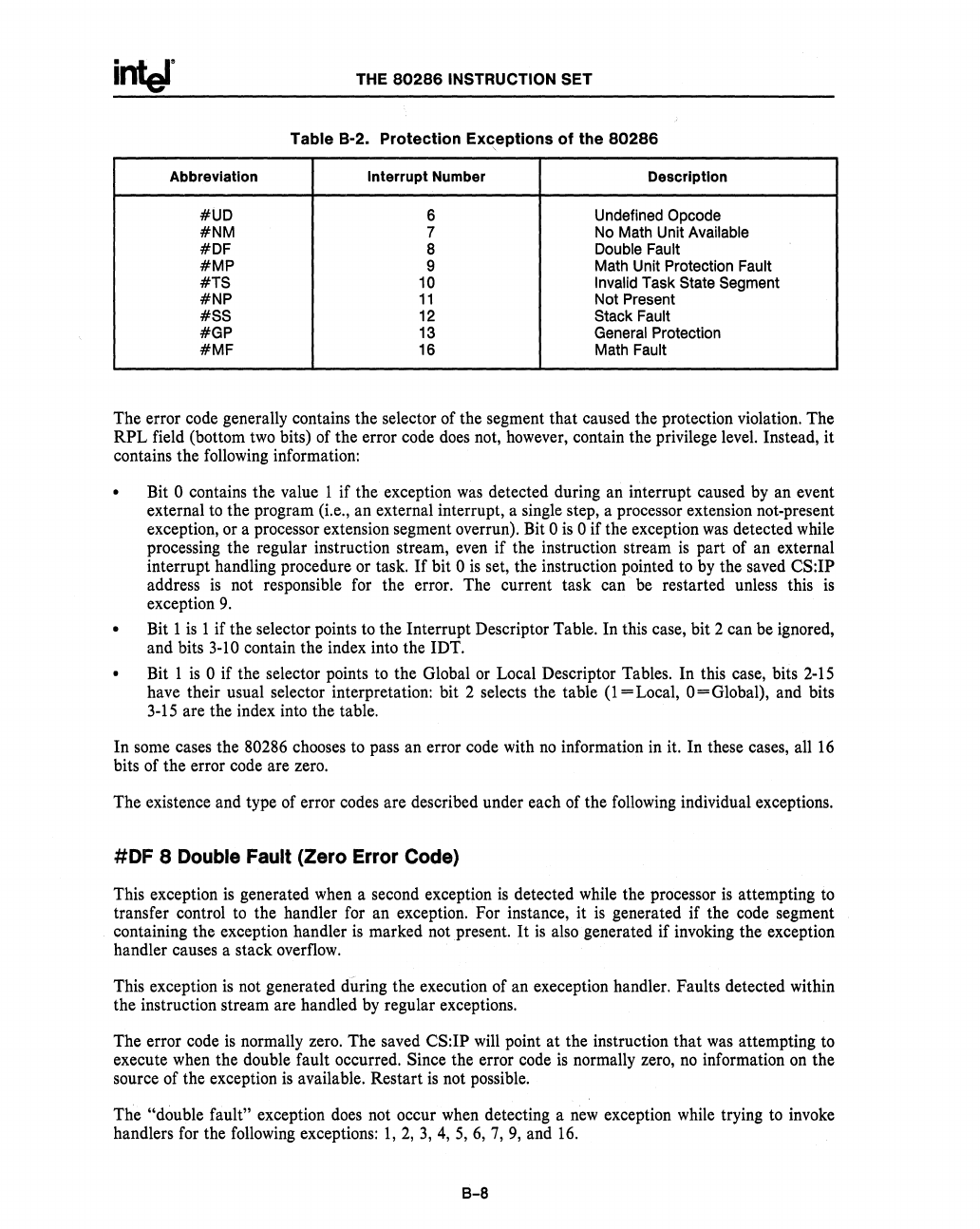
THE
80286
INSTRUCTION SET
Table
8-2.
Protection
Ex~eptlons
of
the
80286
Abbreviation Interrupt Number
Description
#UD
6
Undefined Opcode
#NM
7 No Math Unit Available
#DF
8
Double Fault
#MP
9 Math Unit Protection Fault
#TS
10
Invalid Task State Segment
#NP
11
Not Present
#SS
12
Stack Fault
#GP
13
General Protection
#MF
16
Math Fault
The error code generally contains the selector of the segment that caused the protection violation. The
RPL field (bottom two bits) of the error code
does
not, however, contain the privilege level. Instead, it
contains the following information:
Bit
0 contains the value 1 if the exception
was
detected during an interrupt caused by an event
external
to
the program (i.e., an external interrupt, a single step, a processor extension not-present
exception, or a processor extension segment overrun). Bit
0
is
0 if the exception
was
detected while
processing the regular instruction stream, even if the instruction stream
is
part of an external
interrupt handling procedure or task.
If
bit 0
is
set, the instruction pointed to
by
the saved CS:IP
address
is
not responsible for the error. The current task can be restarted unless this
is
exception
9.
• Bit 1
is
1 if the selector points to the Interrupt Descriptor Table. In this case, bit 2 can be ignored,
and bits
3-10
contain the index into the IDT.
Bit 1
is
0 if the selector points to the Global
or
Local Descriptor Tables. In this case, bits
2-15
have their usual selector interpretation: bit 2 selects the table
(1
= Local, O=Global), and bits
3-15
are the index into the table.
In
some cases the 80286 chooses to pass an error code with
no
information
in
it. In these cases, all
16
bits of the error code are zero.
The existence and type of error codes are described under each of the following individual exceptions.
#DF 8 Double Fault (Zero Error Code)
This exception
is
generated when a second exception
is
detected while the processor
is
attempting to
transfer control to the handler for an exception. For instance, it
is
generated if the code segment
containing the exception handler
is
marked not present.
It
is
also generated if invoking the exception
handler causes a stack overflow.
This exception
is
not generated during the execution of an exeception handler. Faults detected within
the instruction stream are handled
by
regular exceptions.
The error code
is
normally zero. The saved CS:IP will point
at
the instruction that
was
attempting to
execute when the double fault occurred.
Since the error code
is
normally zero,
no
information on the
source of the exception
is
available. Restart
is
not possible.
The
"double fault" exception does not occur when detecting a
new
exception while trying to invoke
handlers for the following exceptions:
1,2,3,4,5,6,7,9,
and
16.
8-8




